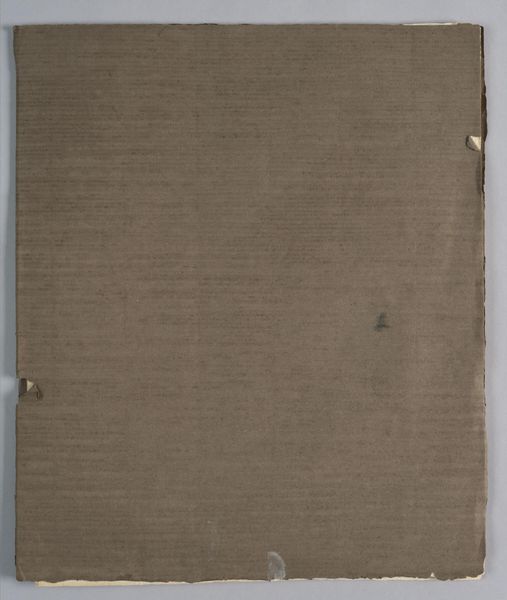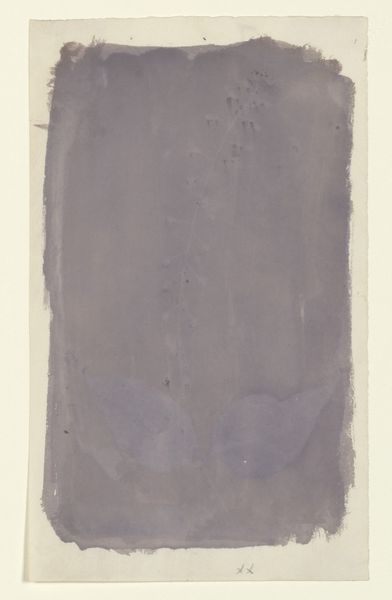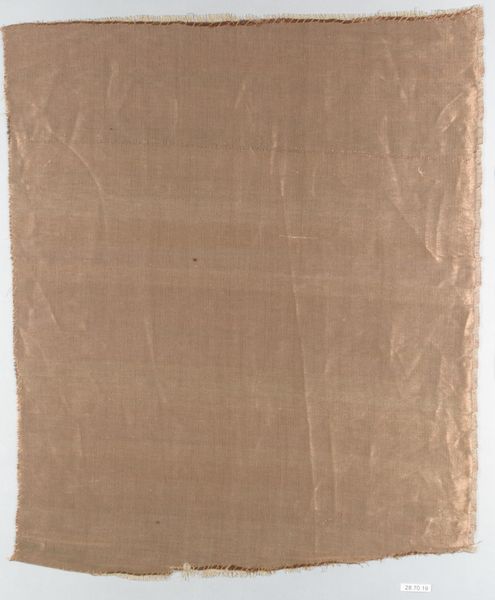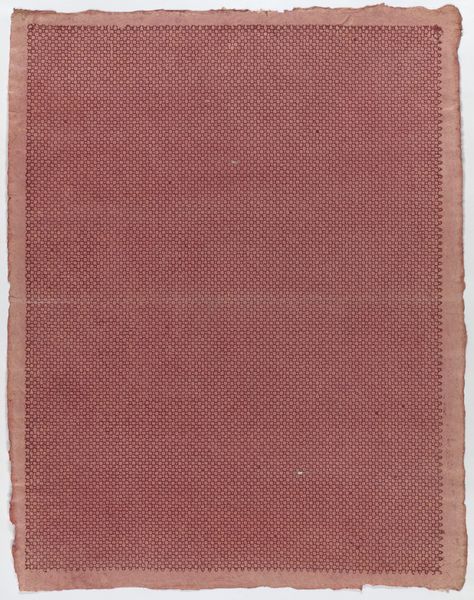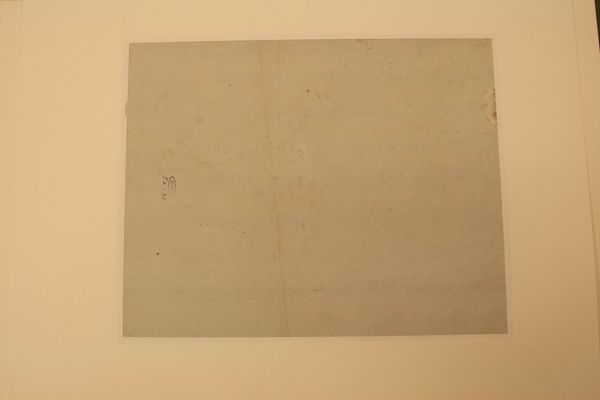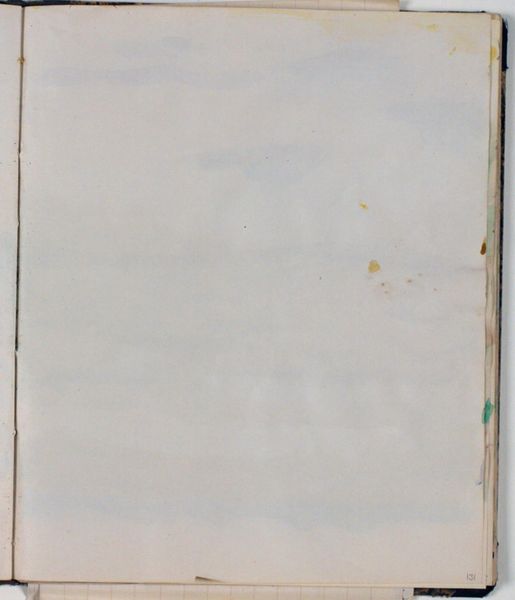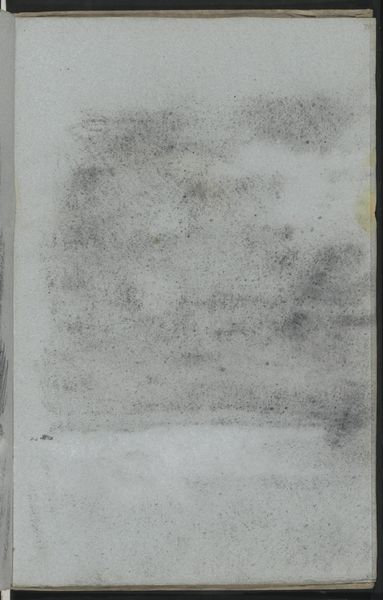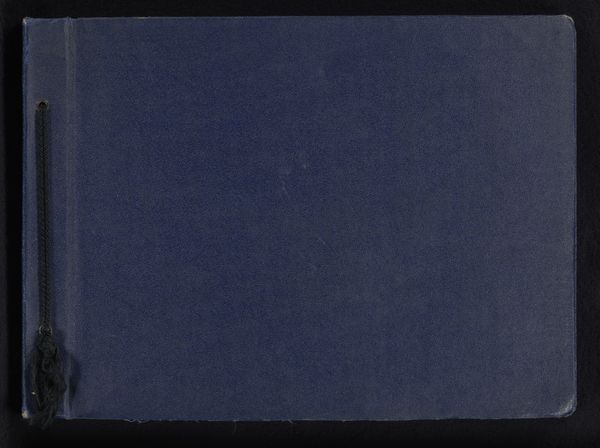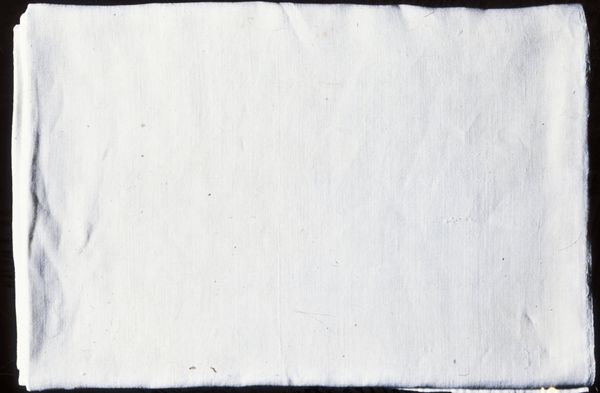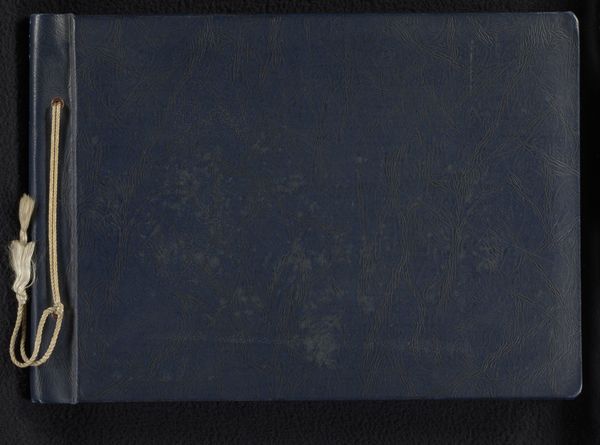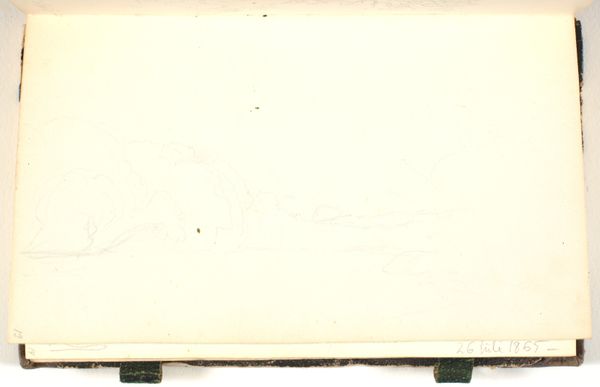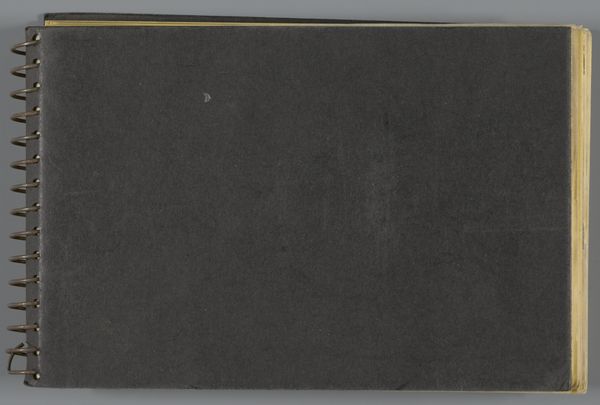
print, daguerreotype, paper, photography
# print
#
landscape
#
daguerreotype
#
paper
#
photography
#
romanticism
Dimensions: 10.7 × 10.2 cm (image/paper)
Copyright: Public Domain
Curator: Before us is "Tower at Lacock," a photographic print created by William Henry Fox Talbot around 1837. It’s housed right here at The Art Institute of Chicago. Editor: It possesses such a spectral, dreamlike quality, almost like an architectural ghost hovering on paper. I am fascinated by the formal construction in subdued tones, which feel incredibly modern even now. Curator: The effect is due in part to Talbot's calotype process—a relatively new invention at the time—which rendered images softer compared to other methods. Think of the tower as a kind of sentinel of history, of the dawn of photography. Lacock Abbey, where Talbot lived, became his living laboratory. It makes the tower's image a monument to ingenuity and legacy, captured using a novel method. Editor: Indeed, that intersection of technology and Romantic vision is striking. The muted grays and hazy focus almost abstracts the architectural elements. The lack of crisp details leads the eye toward the light values that define its basic shape. One is reminded that even photography in its earliest years allowed space for aesthetic manipulation. Curator: Exactly. The romantic spirit embraced the ethereal and the mysterious, so Talbot employed it. Consider too, what it meant to fix an image of permanence—a tower—in the fleeting medium of light and chemistry. He memorializes this enduring form using the newest techniques. Editor: Yes! He wasn’t just documenting the structure. There is the symbolic resonance with its towering height and placement against the sky. Perhaps Talbot wished to suggest aspiration, transcendence. Through its tonality and form, the tower offers visual meditation on presence and absence, light and shadow, permanence and ephemerality. Curator: And isn't that, in the end, what the best symbols aim for, regardless of artistic discipline? Talbot makes the concrete object into an icon. Editor: Absolutely. Thinking about composition and that particular atmospheric perspective here reminds us of painting traditions and art theory conventions, whereas your approach sees through his use of subject, technique, and setting choices for layers of meaning, historical resonance and intent. That juxtaposition offers unique insights.
Comments
No comments
Be the first to comment and join the conversation on the ultimate creative platform.
